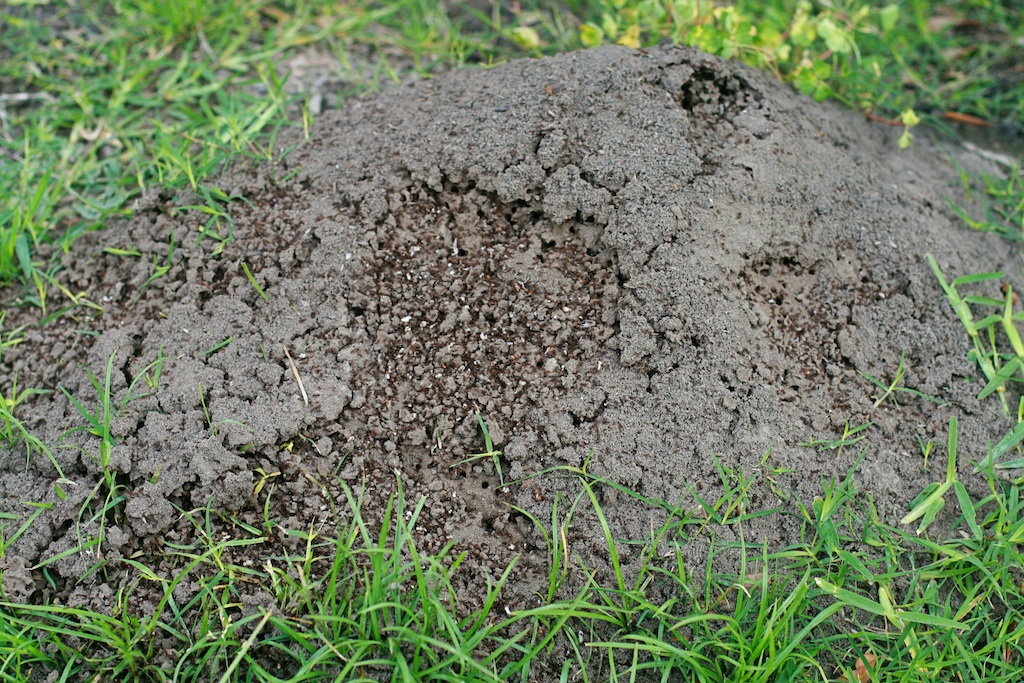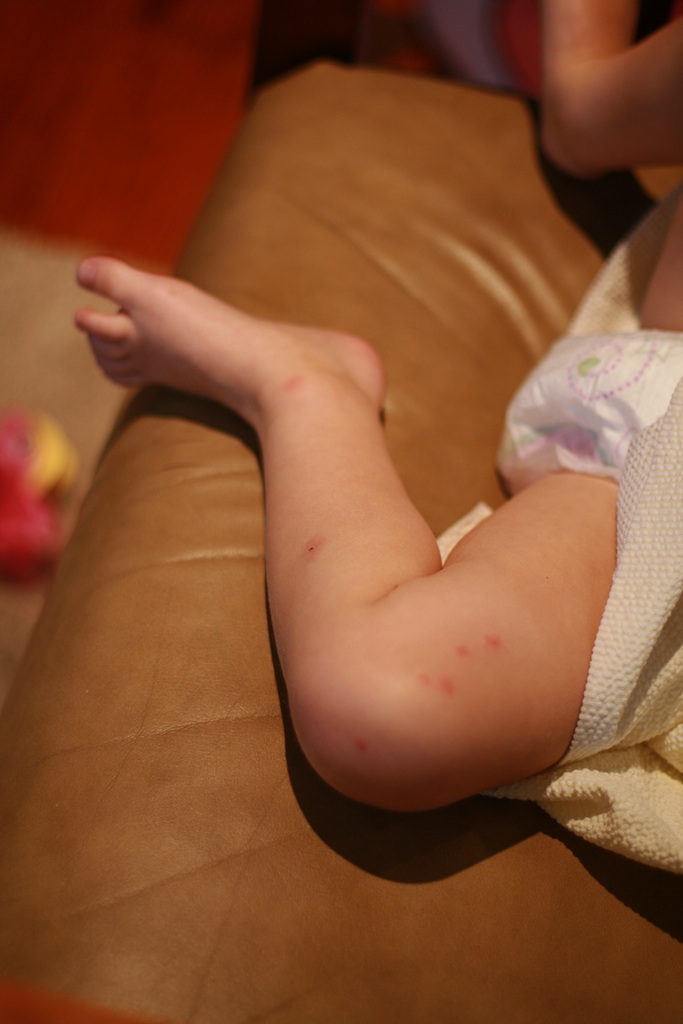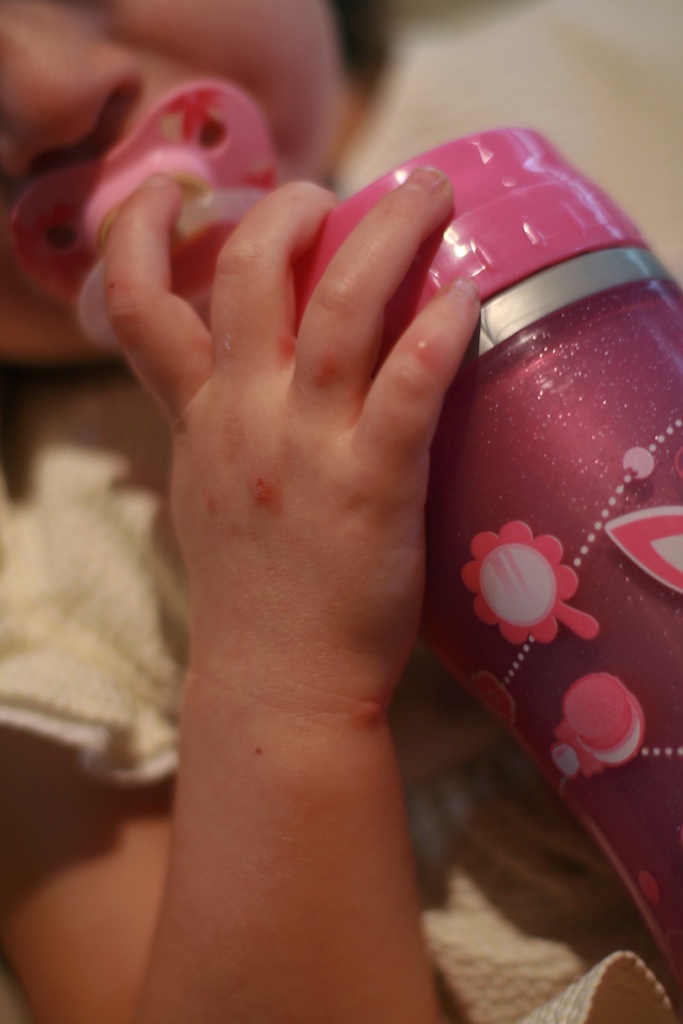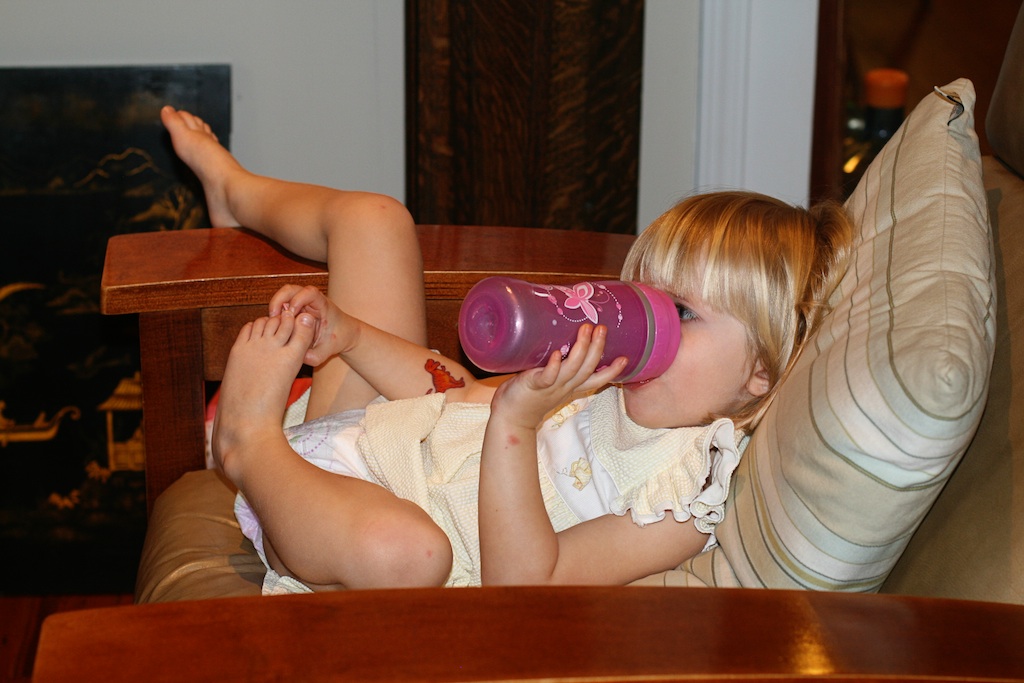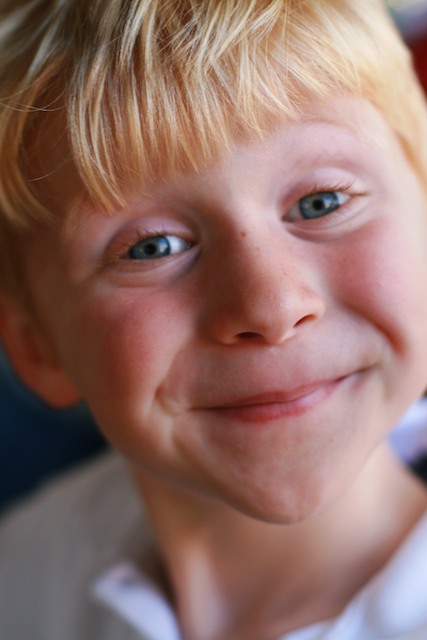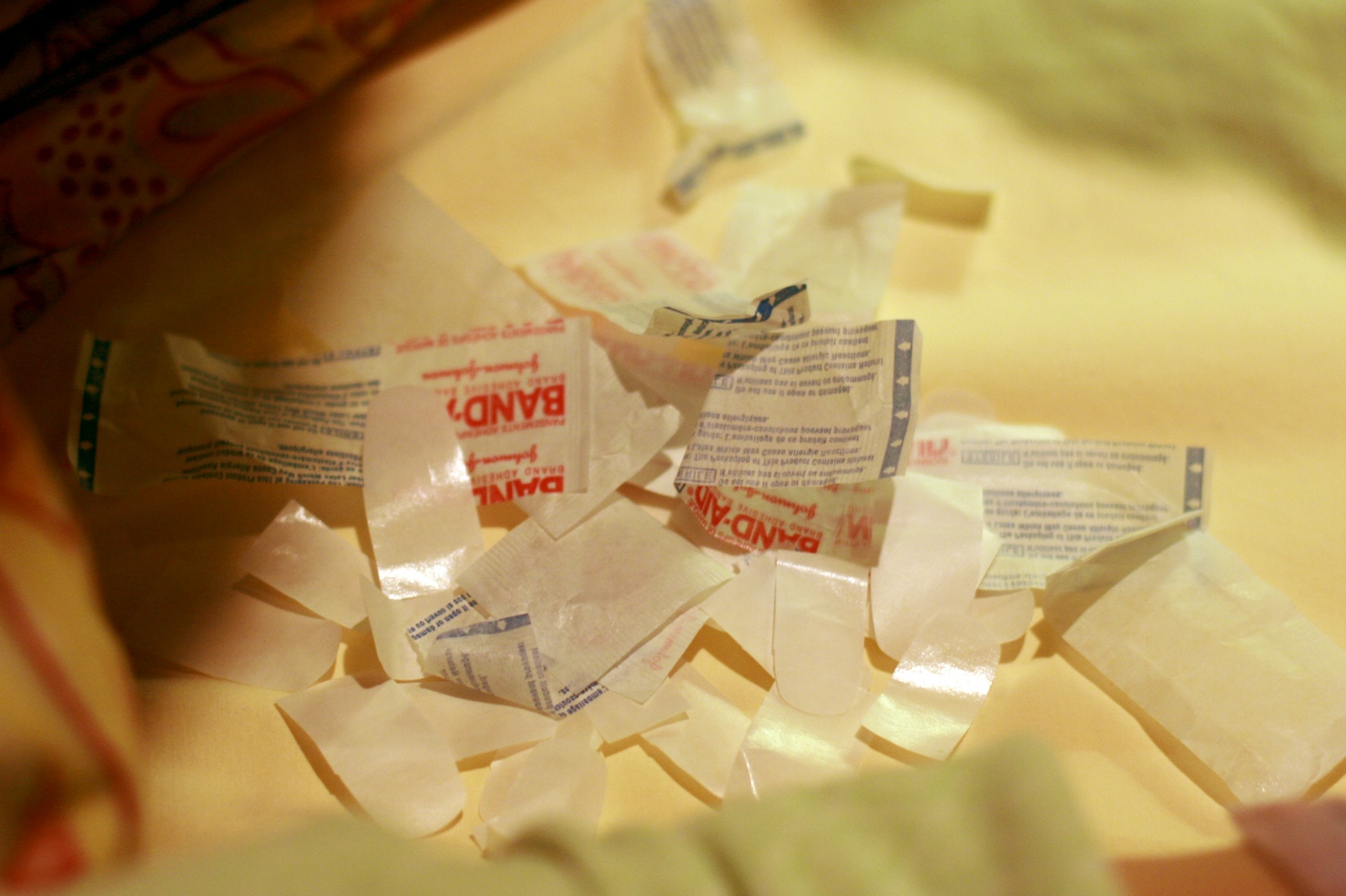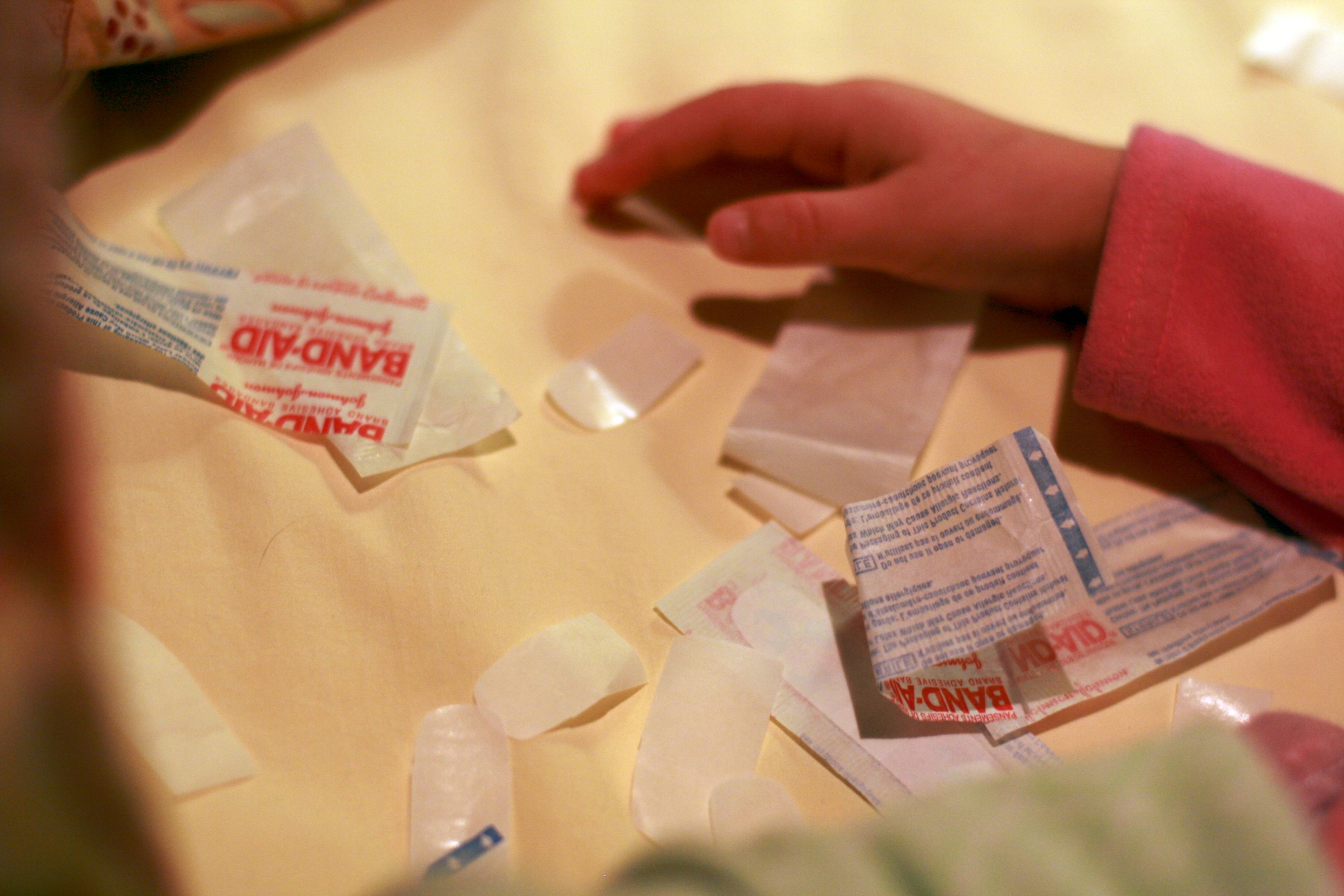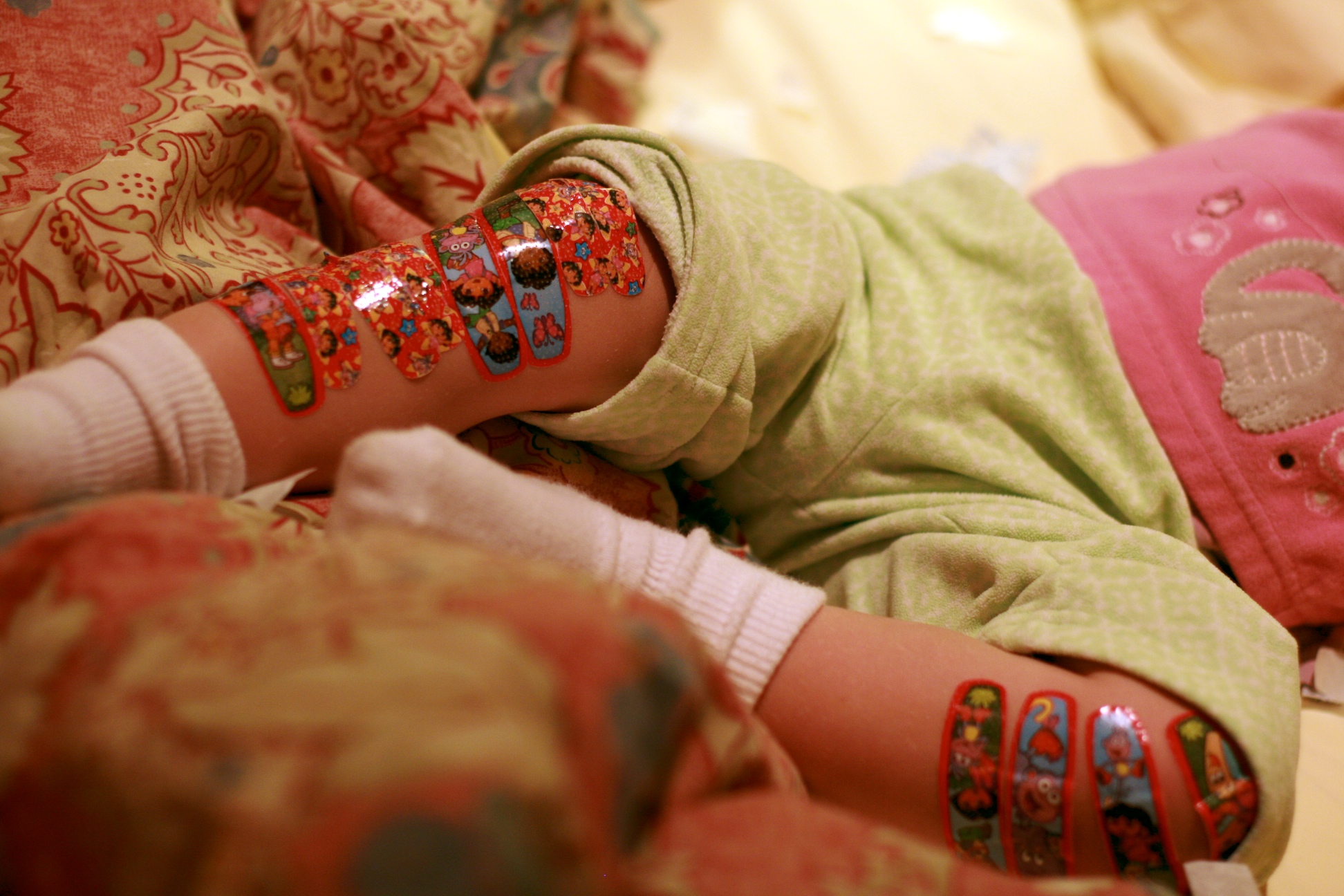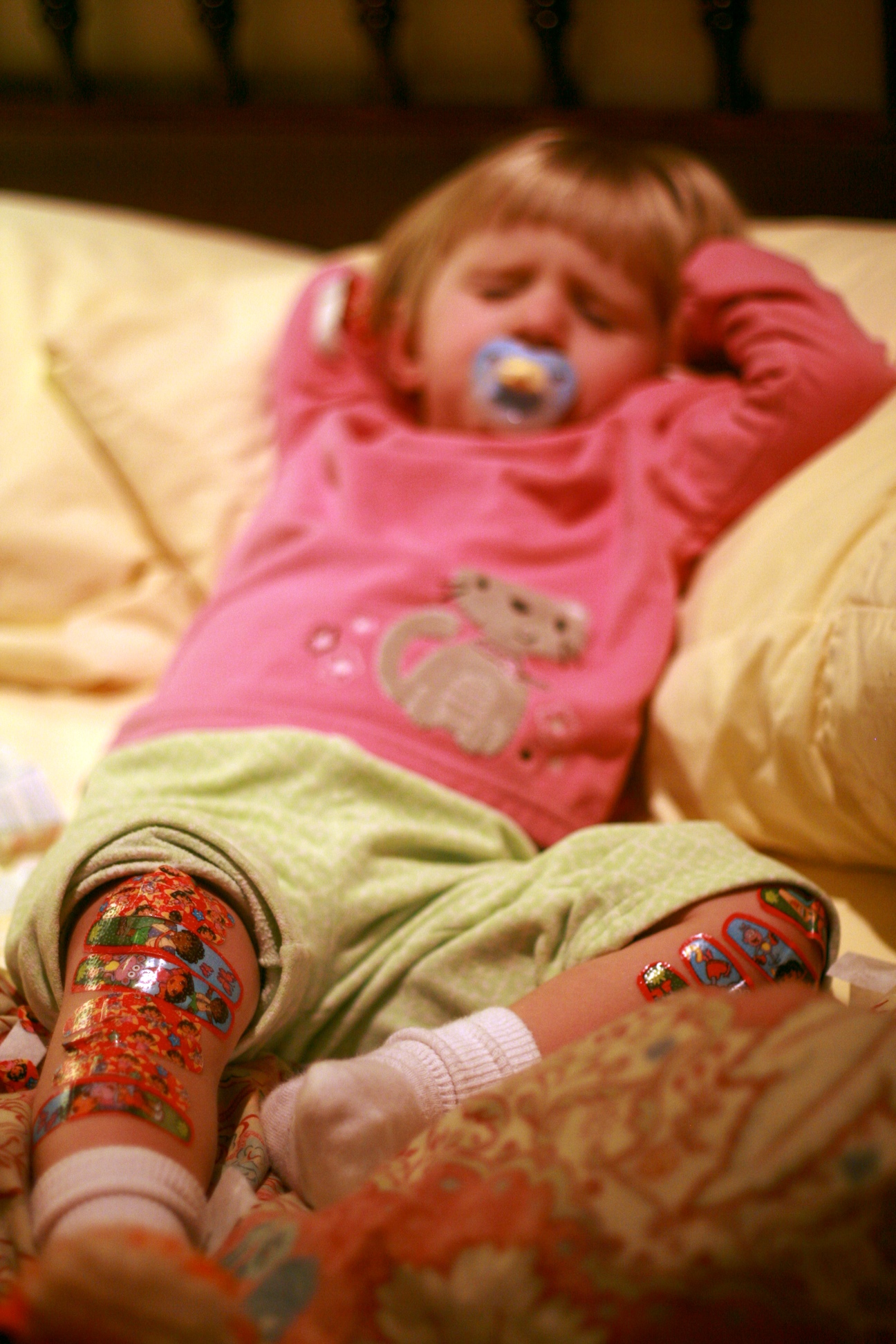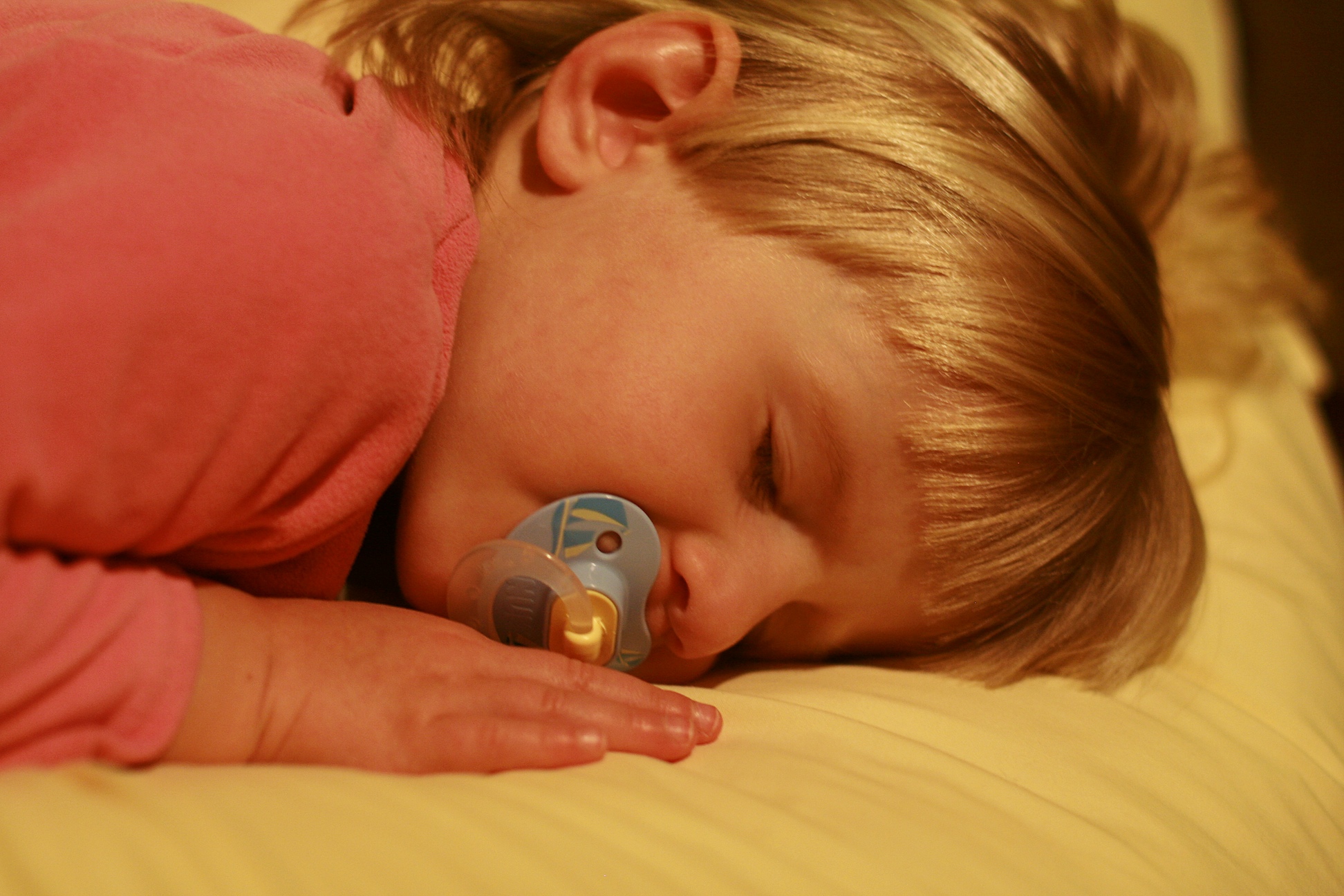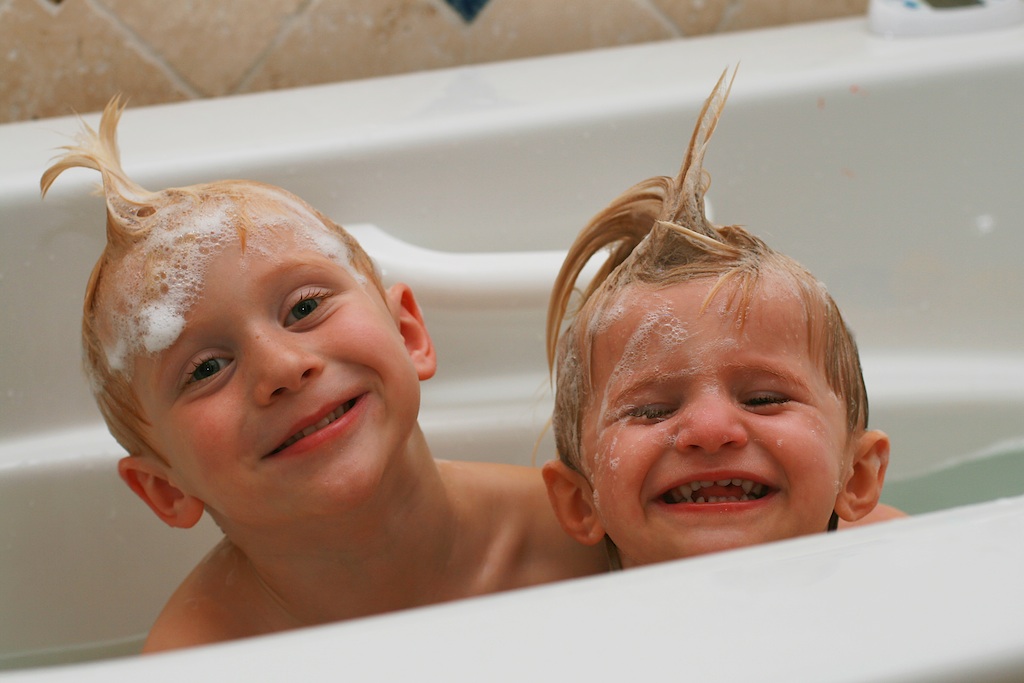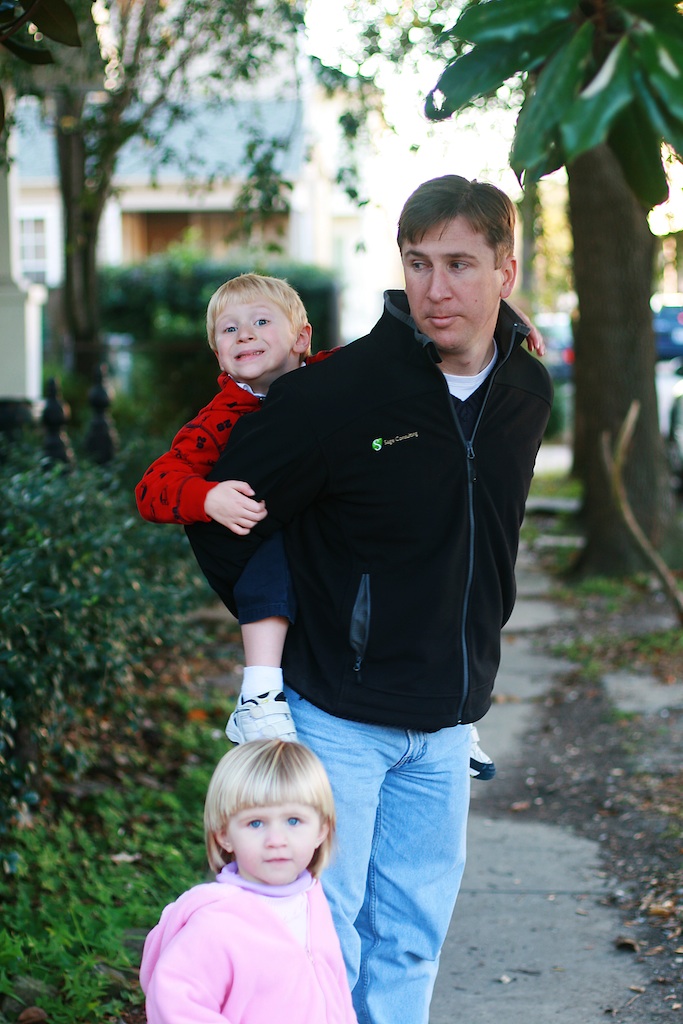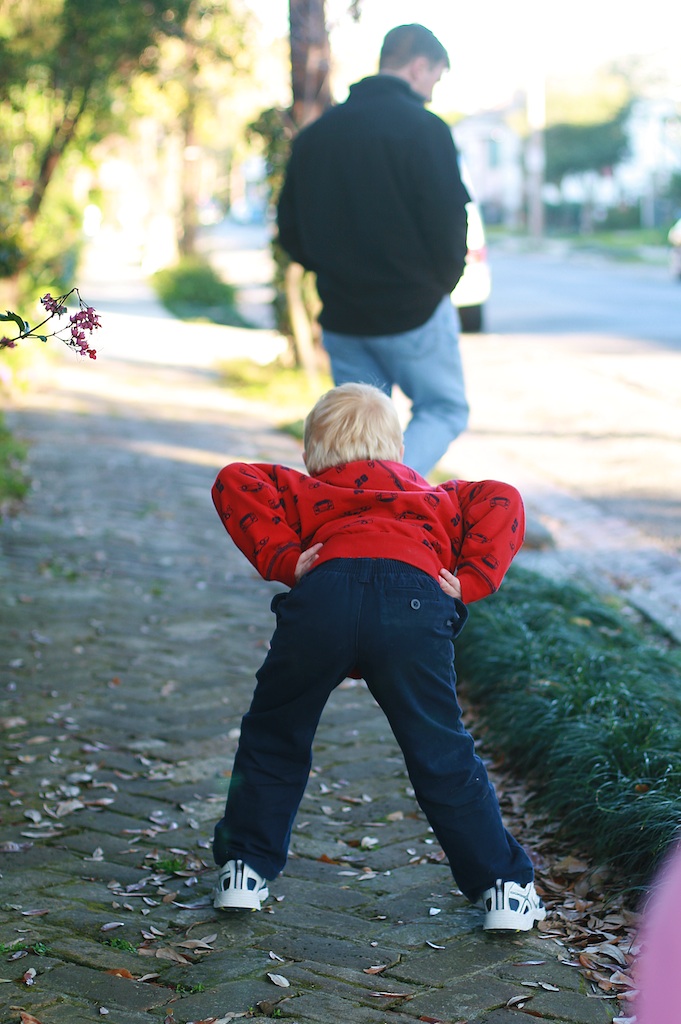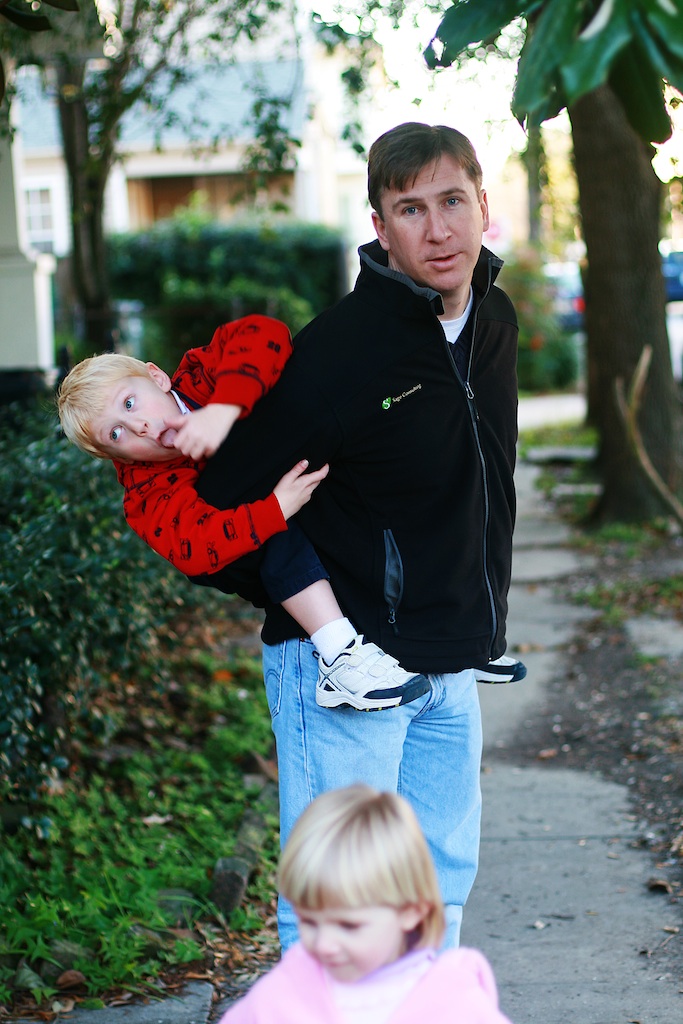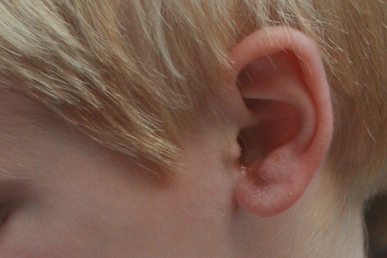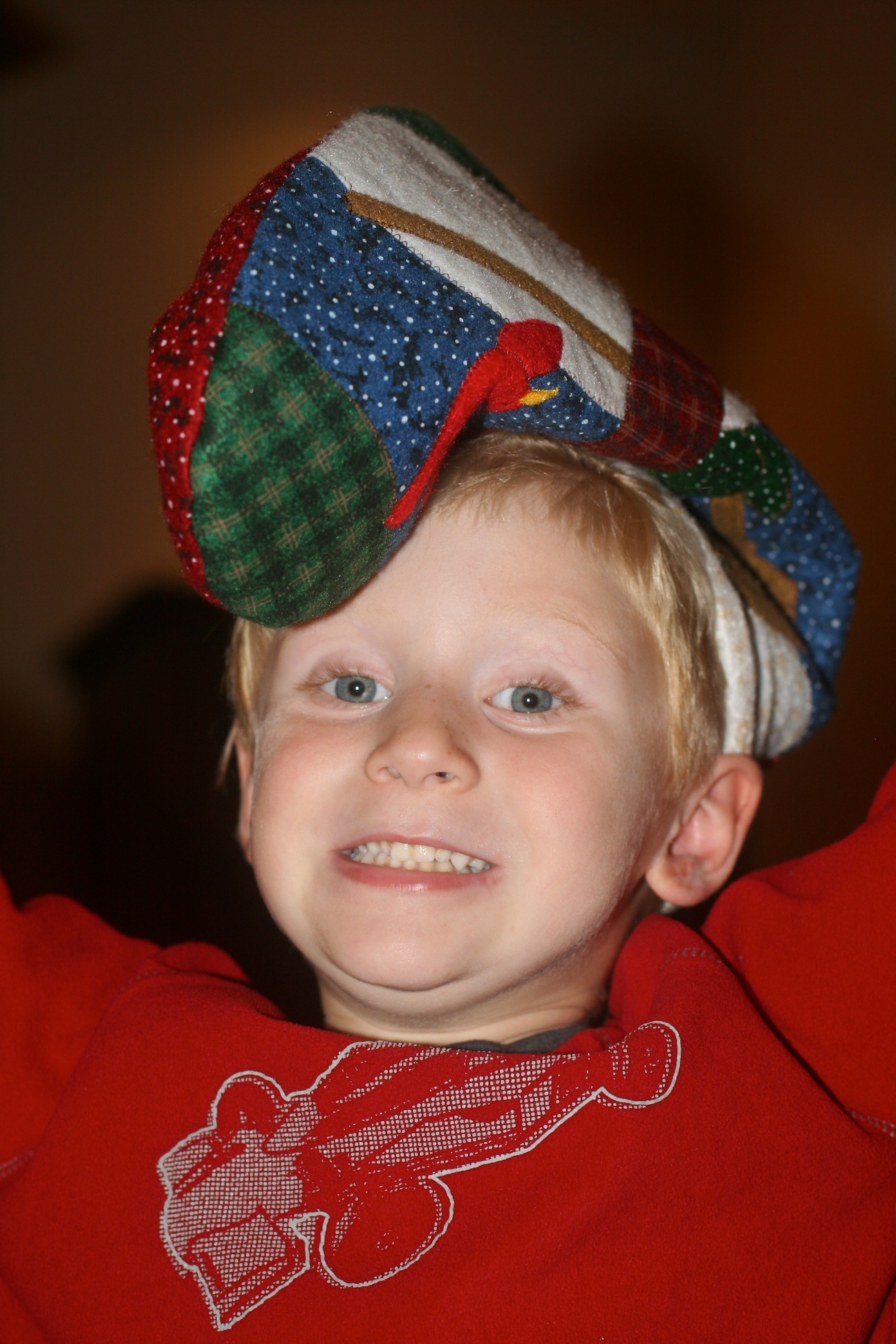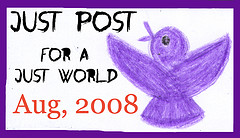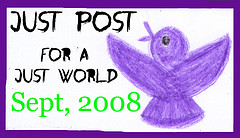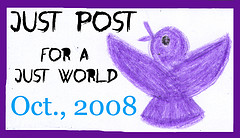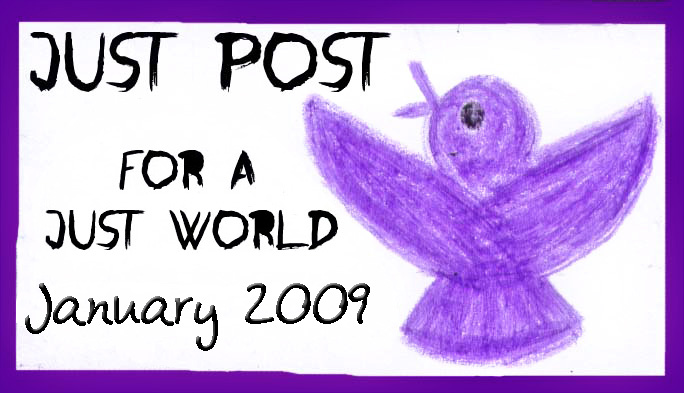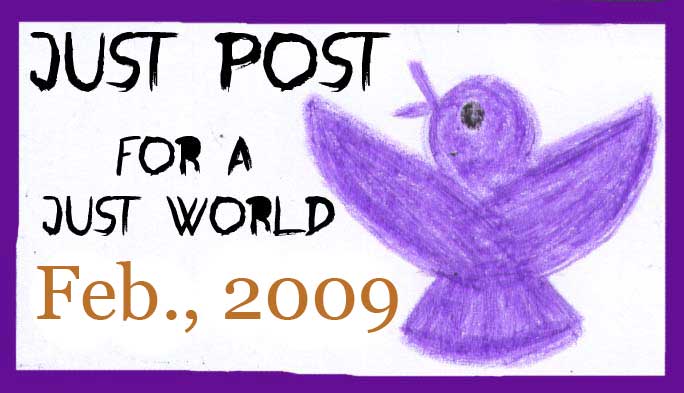No-See-Ums. A Public Service Announcement.
Beware an evening on the beach. Sure, the sand is warm and the sun is gently fading. The light may be perfect for those family photos you’ve been wanting. Maybe the breeze has picked up and your husband wants to fly his kites and your kids want to play in the sand? All of those things are tempting. And possibly so distracting that you won’t notice much else.
Until 3am that night.
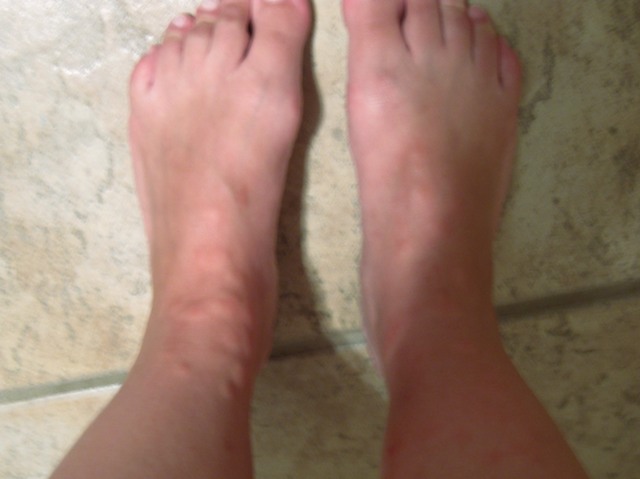
Before bed they were tiny pricks of red, almost like a rash. EVERYWHERE. And then when I woke up with fever and nausea and intense itching, they had arrived. I counted over a hundred just on my lower right leg and lower right arm. When I lifted my shirt and saw my abdomen and chest, I started counting proper, but lost count somewhere in the 400s before getting to my back or hands.
Here is my lower right leg now. I had some prednisone (enough for a proper dose and taper) and began taking them as soon as we got home. Antihistamines, of course, are part of my daily regimen. Topical anti-itch, camphor (Calamine), and some-sort of topical antibacterial are all part of the arsenal… along with scalding water and freezer packs. Anything to dull the burn and itch.
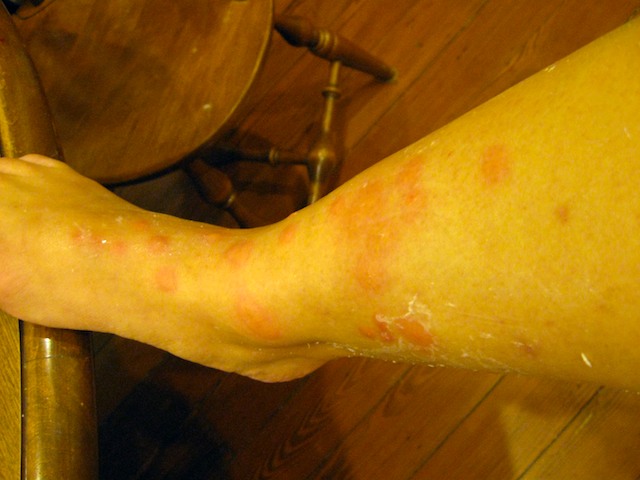
There were no-see-ums (also called sand fleas, midges, and a bunch of other things I can’t remember but are equally horrible) in Honduras and they were BAD… but I knew they were going to be there and wore proper repellent (which helped), avoided the beach as much as possible (never left the water), and wore long garments covered with DEET. I had no idea there were in Pensacola Beach… the very beach where we’d spent the past week plus previous weekend.
Here is the public service information about them:
Sand fleas feed on organic and decaying plants. A favorite treat is seaweed on the beach. Whenever seaweed washes to shore, there will be a large number of sand fleas around and a sand flea bite is likely to occur. In general, the sand on the beach is a popular location for these fleas to live.
A sand flea bite is most likely to occur at dawn or in the evening and night time hours on the beach or other sandy areas that are near water. Wetlands, swamplands, creeks, and lakebeds are other areas where sand fleas can be found. Sand fleas generally stay close to their breeding ground. They never wander more than 350 feet or about 100 meters from their breeding area.
The fleas will jump onto the feet, ankles, legs, and then bite. They are very persistent and quite annoying. Because of their small size, a sand flea bite occurs before individuals even know any sand fleas were in the area. Like a mosquito, a sand flea bites to suck blood. …. The sand flea bite involves the injection of saliva to thin the blood, making it easier for the flea to take blood from its victim. This same saliva triggers the body’s immune system to react.
Despite its size, the bite from a sand flea is quite painful. In fact, most of the time the bite is more painful than one from a typically larger mosquito. In addition to pain, the bite causes a large welt or rashes on the skin that can persist for several days. A fever may also occur. The welts or hives produced from bites are very itchy.
Also? On my arms, in the middle of all the bites, I have (relatively small, comparatively) jellyfish stings (these don’t bother much).
And? The edges of the plastic tubes of anti-itch cream make for excellent, eyes-rolling-back-in-your-head excellent, scratching. It’s about the only thing those darn things are good for.
Was the beach angry that we were leaving?
Am I really that tasty? (I’m the only one with bites.)
Is this just really, really bad luck?
Suggestions. Ideas. Stories. Information. People with long, sharp nails. All are welcome.
